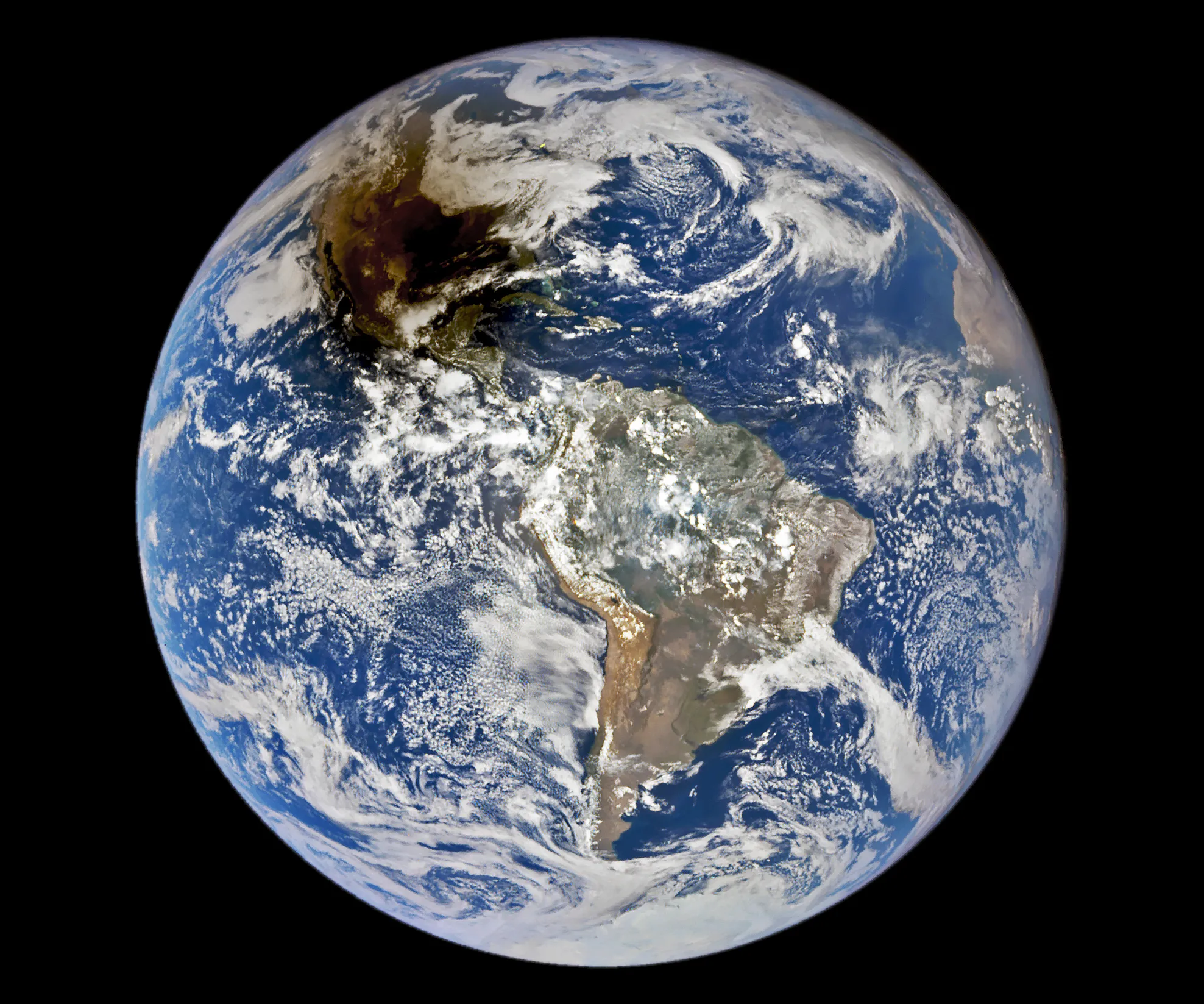In this image, one of the radiation detectors for the Radi-N2 experiment floats in the space station. This device will help researchers explore the radition risk to humans in space.
Neutrons make up a significant part of the radiation exposure in low-Earth orbit, but have not been well characterized. Radi-N2, a Canadian Space Agency investigation, uses bubble detectors to better characterize the neutron environment on the space station, helping to define the risk it poses to crew members. It continues a previous investigation, Radi-N1, and repeats measurements in the same or equivalent locations aboard the space station. Measuring the average dose in different segments of the space station supports development of a radiation protection plan for future missions. During the week of Aug. 17, 2020, crew members retrieved detectors for collection of dose measurements.
Image Credit: NASA
在此图像中,用于Radi-N2实验的辐射探测器之一漂浮在空间站中。该设备将帮助研究人员探索太空中对人类辐射的风险。
中子构成低地球轨道辐射暴露的重要部分,但尚未得到很好的表征。 Radi-N2是加拿大航天局的一项调查,它使用气泡探测器更好地表征空间站上的中子环境,从而帮助确定其对机组人员构成的风险。它继续进行先前的研究,即Radi-N1,并在空间站的相同或等效位置重复测量。测量空间站不同部分的平均剂量可为未来的飞行任务制定辐射防护计划。在2020年8月17日的那一周,宇航员取回了探测器以收集剂量测量值。
图片来源:NASA



